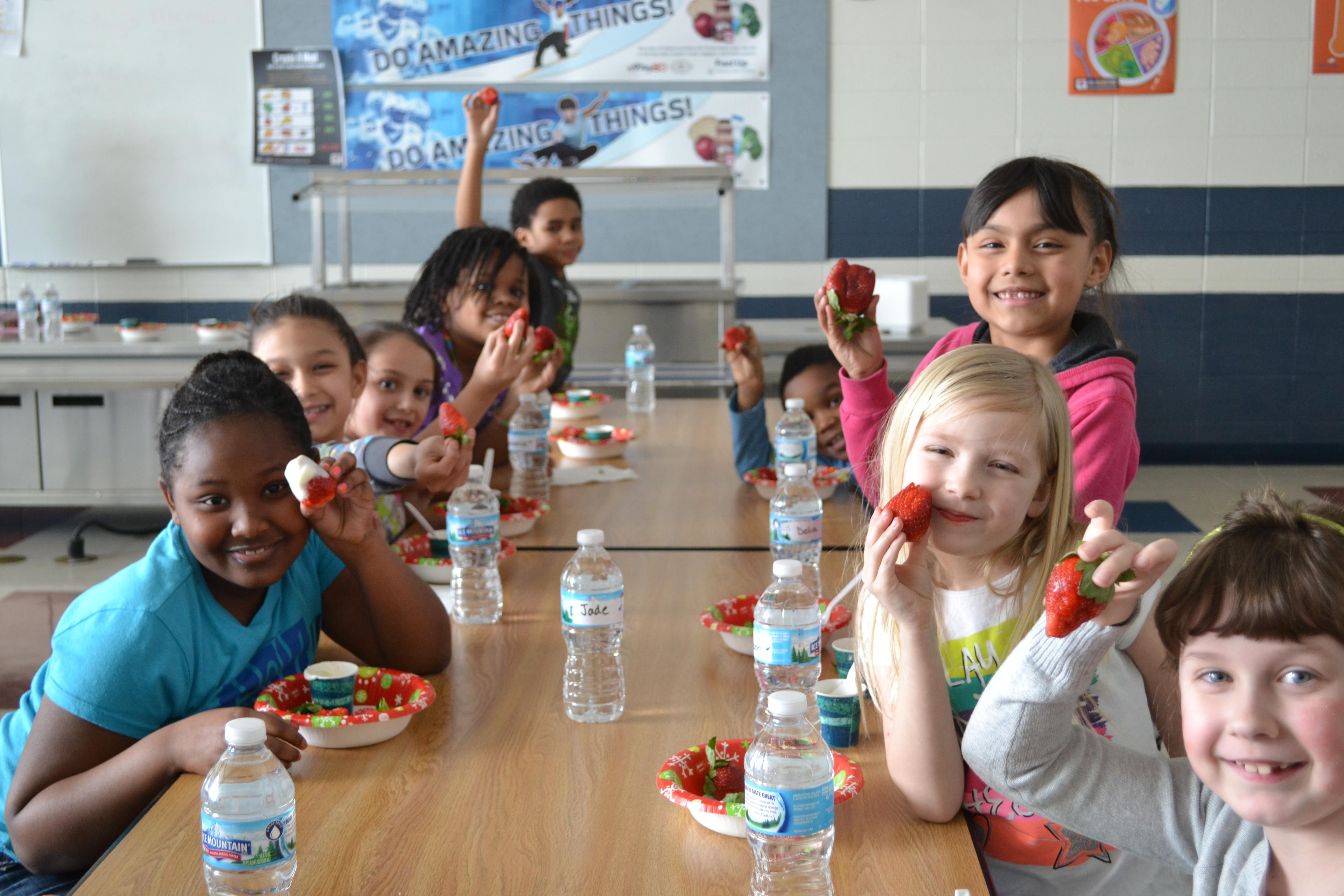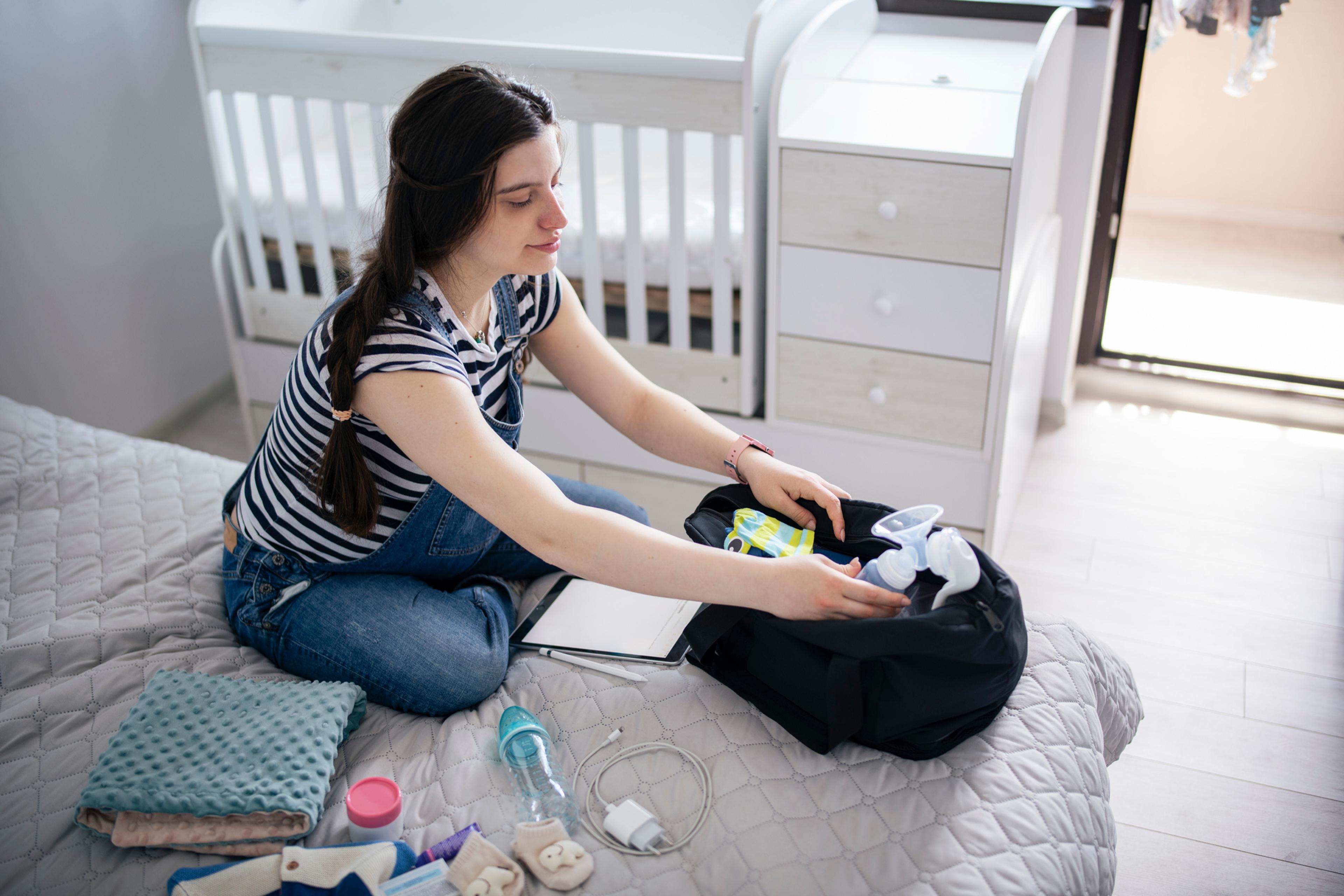Building Healthy Communities program has positive impact on children’s health
Laura Ortiz
| 4 min read

Blue Cross Blue Shield of Michigan and its partners have been building healthy communities across Michigan for nearly a decade. The Building Healthy Communities program has helped more than 270,000 students in more than 600 schools across the state learn to make healthier choices and be more physically active.
Academic and public health leaders are taking notice.
An eight-month study of the Building Healthy Communities program by Wayne State University was recently published in the medical journal, Preventive Medicine. It reported reductions in both body mass index and waist-to-height ratio among 628 fifth graders in six schools throughout Michigan. “Our research -- documenting ways the program reduces obesity, increases youth activity levels, improves healthy eating behaviors, and accelerates academic achievement – is a major milestone in the nationwide pursuit of improving children’s health and school performance through healthy school initiatives,” said Nate McCaughtry, director of Wayne State University’s Center for Health and Community Impact and one of the researchers of the study. Building Healthy Communities was created in 2009 by Blue Cross Blue Shield of Michigan and its public and private partners to help reverse the startling obesity rates of Michigan’s children. It’s funded in part by the Michigan Department of Health and Human Services and designed to improve health through school-based wellness programming. It offers multiple programs so schools can choose the option that best fits their unique needs. Partners include the Michigan Department of Education, the Michigan Fitness Foundation, Michigan State University Extension, Michigan Team Nutrition, United Dairy Industry of Michigan, the University of Michigan, Wayne State University Center for Health and Community Impact and Action for Healthy Kids. “Our teams at WSU have a great deal of expertise both in school-based health promotion and school-based research,” said Erin E. Centeio, PhD, the lead researcher of the study and evaluation specialist at WSU’s Center for Health and Community Impact. “We paired our expertise with strong partnerships with Blue Cross, MDHHS and other partners to design, implement, evaluate and research the program.” She said the program targets the students through multiple points within the school environment – including classroom physical activity and nutrition lessons, active recess, quality physical education and an afterschool club. Centeio and McCaughtry said these multi-level interventions have shown a positive impact on children’s health.
Surveys reinforce findings
Multiple Building Healthy Communities program surveys support this research, showing that students: • Ate 40 percent more fruits and vegetables than the national average for six to 11 years old kids • Increased activity levels by 700 steps per day • Participated in 35 additional minutes of moderate to vigorous physical activity per week The Wayne State researchers said the Building Healthy Communities intervention aims to change the culture of the school by encouraging and assisting school administrators and staff to undertake sustainable changes that will have long-term implications toward a culture of healthy eating and physical activity. They added that previous research has shown that the principal and other staff play a key role in the school’s success with the Building Health Communities program. “If a principal supports a culture of health and allows teachers to make changes within their classrooms, schools are often more successful at implementation.’’
Building Healthy Communities at local school
Community Oaks Elementary School Principal Gary Hamilton gives the credit for his school’s success with Building Health Communities to his staff. “We’re not the wealthiest school, but we have a lot of great people who take care of our kids,’’ he said, adding that they understand the links between good nutrition, physical activity and academic success. Hamilton said his team incorporated the tools from the Building Healthy Communities program into its classroom lessons, social media connections, on the playground and during before and after school programs. During a recent presentation to the Huron Valley School Board, representatives from the school’s junior kindergarten through fifth grade shared bits of what they’ve learned through Building Healthy Communities and how they plan to incorporate their newfound education into their daily lives. Among the things the kids said they liked the most: The recess equipment cart and the taste tests. As the school year nears its end, the Community Oaks is already brainstorming ways to keep the momentum going. “We have a very active social network,’’ Hamilton said. “We’re going to continue using the Building Healthy Communities program.’’ His vision includes incorporating these lessons into other important topics that kids face, including bullying and solving conflicts. “This model was designed by educators to be easily integrated into the school culture,’’ researchers said. “We believe this is one of the major reasons for its success.”





